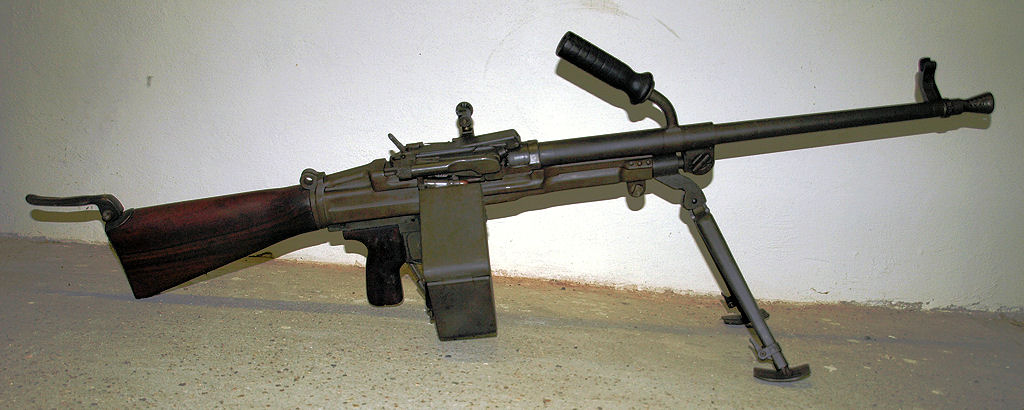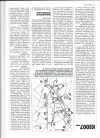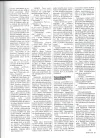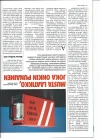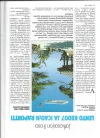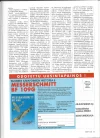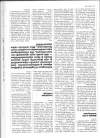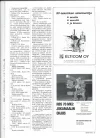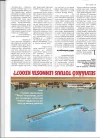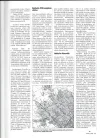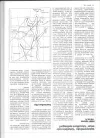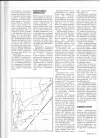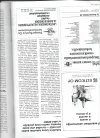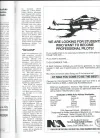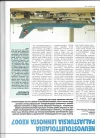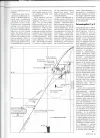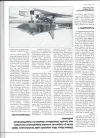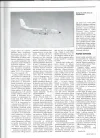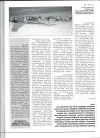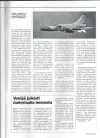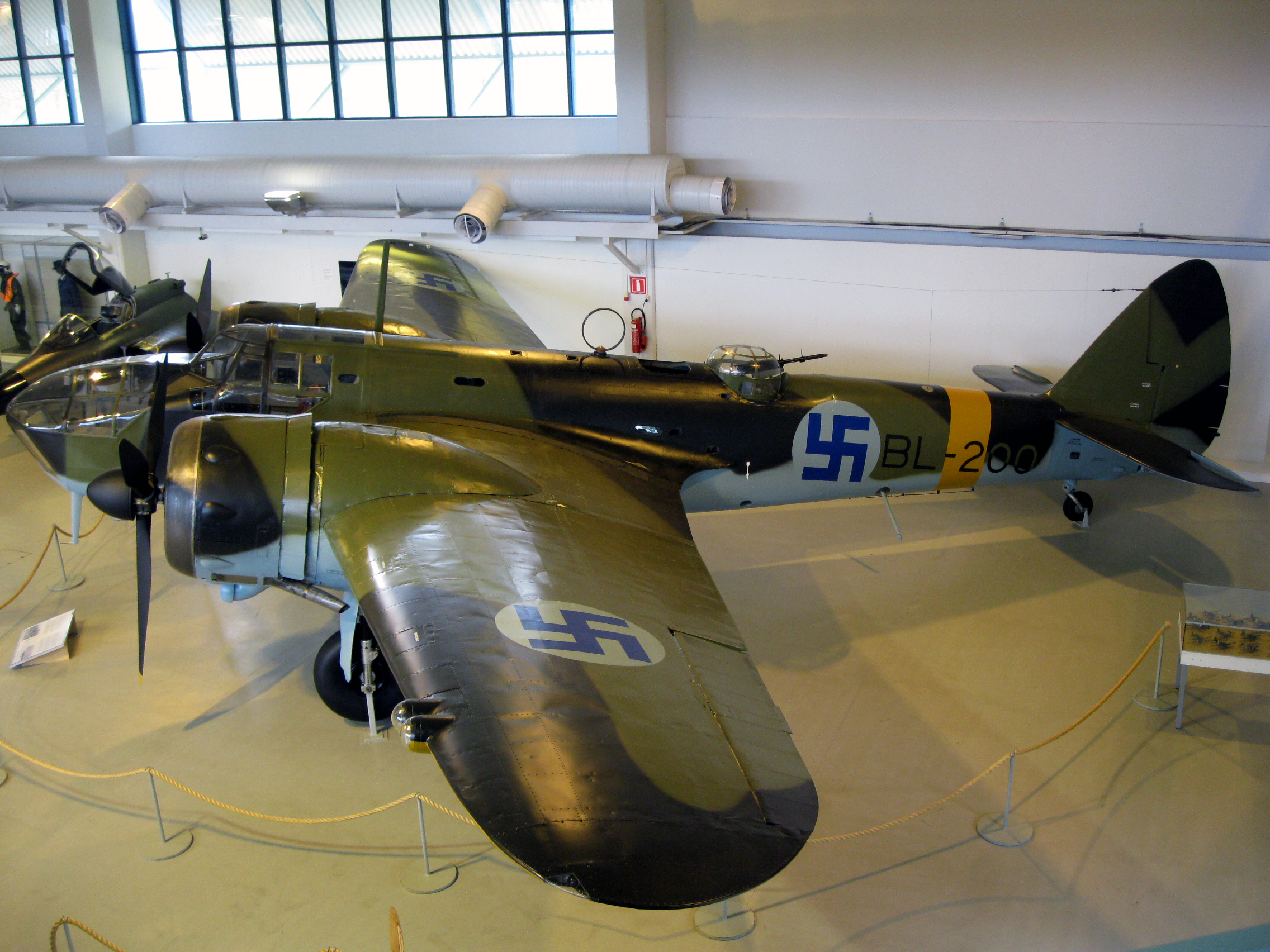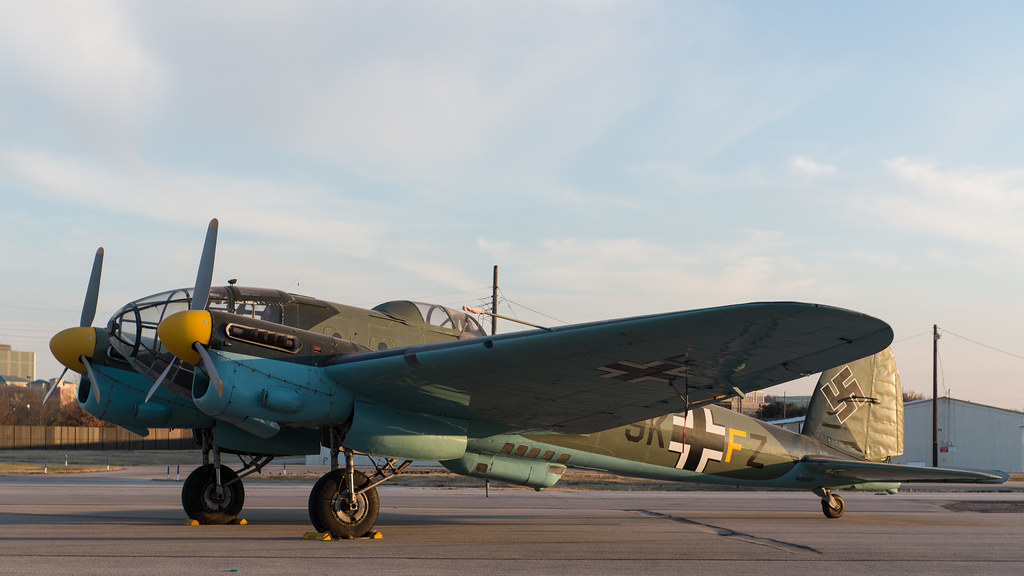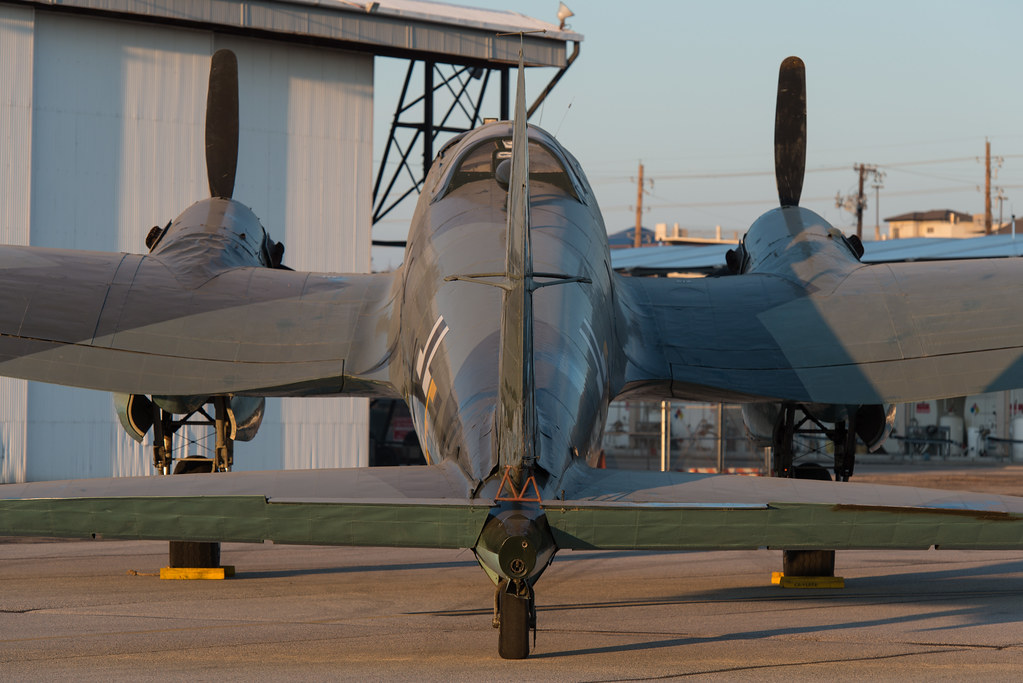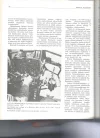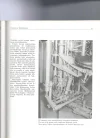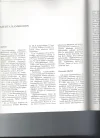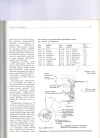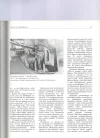Totta, ja tuossa tornissa oli kuitenkin vain yksi 7,7 mm konekivääri. Jostain syystä britit suosivat pommareissaan koko sodan ajan noita keveitä konekiväärejä, vaikka niiden teho tuskin oli kovin kummoinen.
Mutta Wellingtonista ja Whitleystä lähtien oli kuitenkin ampumoja, joissa oli vähintään kaksi noissa kaliipereissa, ja raskaammissa laitoksissa jo neljä. Niillä jo saa kelpo sateen laitettua silmille. Se on totta, että ei varmaan ole ollut paras mahdollinen, mutta miten lienee määrä suhtautuu laatuun? Kovahermoisen pilotin tarvitsee, kuka tähtää kunnolla nelipiippuisen syytäessä valojuovia silmille.
Ja pudottihan ne suomalaiset Blenheim-ampujat vihollisia, että ehkä se on ollut soiva peli, jos on osannut käyttää.
Tuossa Wikin artikkelissa kerrotaan, että Lancasterissa 50-kaliiperista oli aseena, muttei yleisesti. Ja että ala-ampumokin oli, mutta poistettiin. Vino Musiikki toi sitten kaikenlaisia ad hoc-asennuksia, jopa 20-millisiä.
Kiinnostava artikkeli, tuli jotain uuttakin tietoa.
Olin unohtaa. Olen jostain lukenut, että saksalaiset eivät pystyneet kehittämään vastaavia, hydraulisesti toimivia ampumoja. Olen aina suhtautunut tähän tietoon epäillen, sillä kyseessä on pakko olla pikemminkin stateginen valinta, jossa tätä ampumomallia ei katsottu tarpeelliseksi. Olisihan niillä nyt ollut sotasaaliiksi saatuja romuja sen verran, että engelska-ampumot olisi voitu kopioida ja kehittää eteenpäin, mikäli olisi katsottu tarpeelliseksi.
Defensive armament

Lancaster Mk I
PA474 of the Battle of Britain Flight, in flight showing the original nose, dorsal and tail .303 Browning gun positions
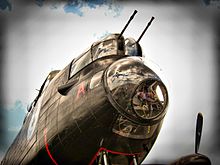
Nose of a B Mark X showing twin .303 Browning turret above the bomb-aimer's position
The Avro Lancaster was initially equipped with four
Nash & Thomson Frazer Nash hydraulically operated turrets mounted in the nose, tail, mid-upper and underside. The original tail turret was equipped with four
Browning .303 Mark II machine guns and all other turrets with two such machine guns.
[14][15]
Nose turret
Only the FN-5A
[14] nose turret which was similar to the FN-5 used on the preceding
Avro Manchester, the
Vickers Wellington and the
Short Stirling remained unchanged during the life of the design, except in instances where it was removed entirely.
Ventral turret
The ventral (underside) FN-64 turret quickly proved to be dead weight, being both difficult to sight because it relied on a periscope which limited the gunner's view to a 20 degree arc,
[14] and too slow to keep a target within its sights.
[Note 2] Aside from early B Is and the prototype B IIs, the FN-64 was almost never used. When the
Luftwaffe began using
Schräge Musik to make attacks from below in the winter of 1943/1944, modifications were made, including downward observation blisters mounted behind the bomb aimer's blister
[16] and official
[17] and unofficial mounts for .50 in (12.7 mm) machine guns or even 20 mm cannon, firing through the ventral holes of the removed FN-64. The fitting of these guns was hampered as the same ventral position was used for mounting the
H2S blister, which limited installations to those aircraft fitted with bulged bomb bays which interfered with the H2S.
[14]
Mid-upper turret
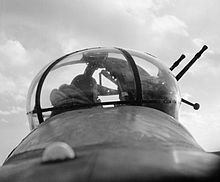
Gunner in Fraser Nash FN50 mid-upper turret with twin .303 Brownings, February 1943
The mid-upper (dorsal or top turret) was an FN-50
[14][15] on early examples and the very similar FN-150 with improved sights and controls
[14] on later examples. On all but the earliest examples this turret was surrounded by a coaming which provided a track for a cam operated interruptor device which prevented the gunner from shooting the tail of his own aircraft.
[14] The Mk.VII and late Mk.X Lancasters used the heavier electrically-controlled Martin 250 CE 23A turret equipped with two .50 inch machine guns
[14] which was mounted further forward to preserve the aircraft's longitudinal balance, and because it had an internal mechanism to prevent firing on the aircraft itself, it did not require a coaming.
[Note 3][14] Other experimental turrets were tried out, including the FN-79 and the Boulton-Paul Type H barbette system.
[14]
Tail turret
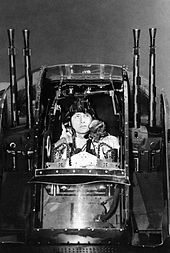
Gunner in the Nash & Thompson FN20 tail turret
The tail turret was the most important defensive position and carried the heaviest armament. Despite this, the turrets used, starting with the FN-20, were never entirely satisfactory and numerous designs were tried. The FN-20 was replaced by the very similar FN-120 which used an improved
gyroscopic gun sight (GGS).
[14] Gunners using both the FN-20 and 120 removed perspex and armour from the turret to improve visibility, but trials by the RAF showed that a
Mosquito night fighter was still able to get within a very short distance of the tail gunner without being spotted, confirming what the Luftwaffe had already realised. The
Rose turret attempted to improve on the FN turrets by being completely open to the rear (improving visibility and allowing easier emergency egress) and by being fitted with two .50 inch machine guns and was installed in a small number of Lancasters but never became common.
[14] Ultimately radar, rather than improved visibility, made the turret more effective. The FN-121 was the Automatic Gun Laying Turret (AGLT), an FN-120 fitted with
Village Inn gun-laying
radar.
[14] Aircraft fitted with Village Inn were used as bait, flying behind the main formations to confront the night fighters that followed the formations and shot down stragglers. This significantly reduced operational losses; and gun-laying radar was added to the last versions of the turret. Before the end of the war Lancasters built in the UK standardized on the FN-82 fitted with two .50 inch machine guns and fitted with gun-laying radar as production allowed, which was also used on early models of the Avro Lincoln. The disadvantage of all radar and radio transmitting systems is that attacking forces can locate aircraft by picking up transmissions.
Later in the war
Freeman Dyson made a case for removing all the Lancaster's defensive armament, arguing it would reduce the loss rate by increasing the Lancaster's speed by up to 50 mph (assuming the bomb load was not increased at the same time), and thus make it harder to shoot down. This became even more important when Dyson and Mike O'Loughlin concluded that some of the German night fighters were using
Schräge Musik upward firing guns, as the Lancaster had no ventral gun turret to defend itself, although any defence would depend on the crew detecting the attack from underneath.
[18] Dyson considered that the modification would be justified even if the aircraft loss rate was unchanged, as two defensive air gunners would not be required, reducing human losses. The case for speed over defensive armament was supported by the Mosquito, whose loss rates were far lower than the Lancaster's. As an example, during the Battle of Berlin (18 November 1943 to 30 March 1944) the average loss rate of the heavy bombers (overwhelmingly Lancasters) was 5.1%, whereas for Mosquitoes it was 0.5%,
[19] though a speed-optimised Lancaster would still be up to 50 mph slower than a Mosquito and unlikely to match its low loss rates.

